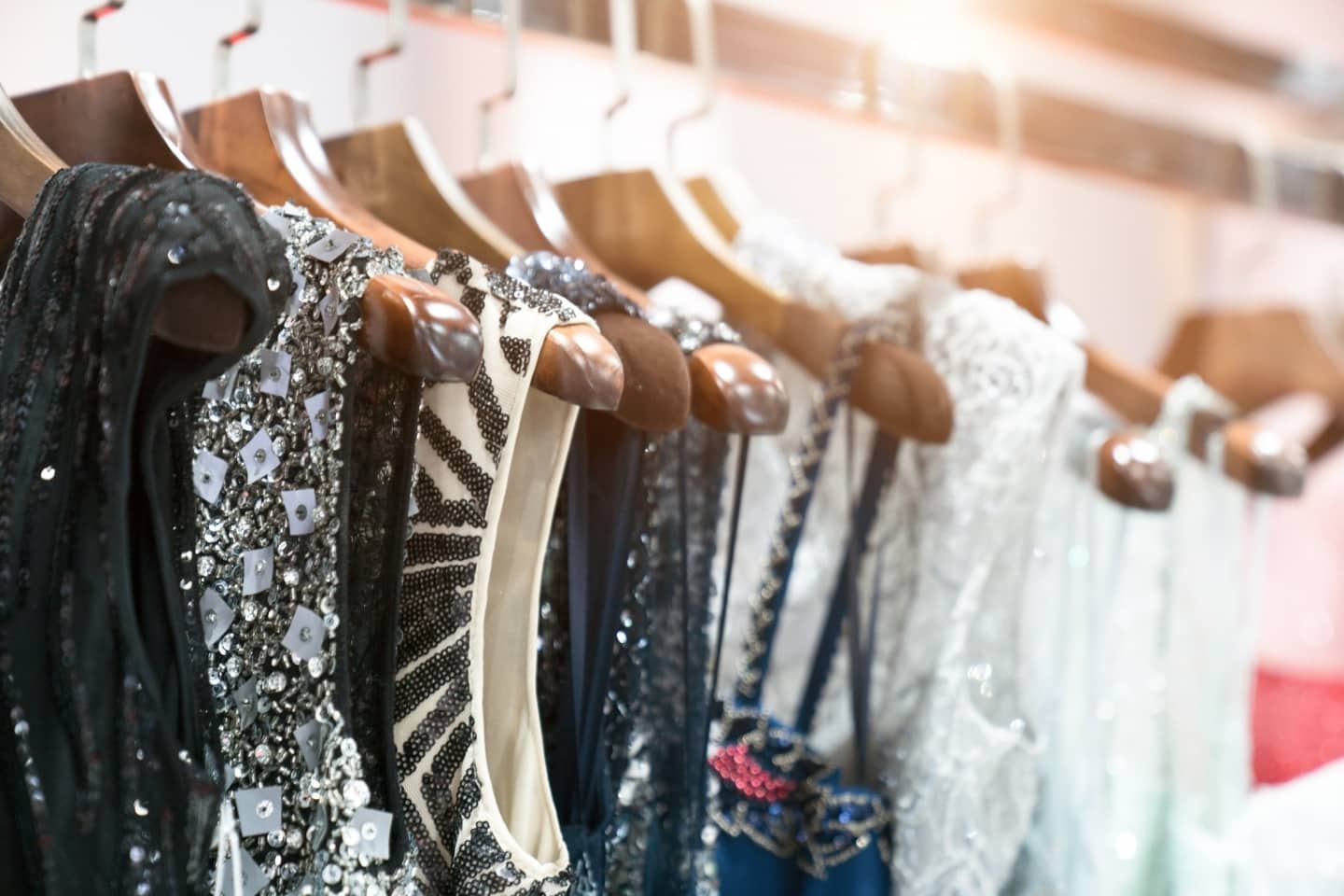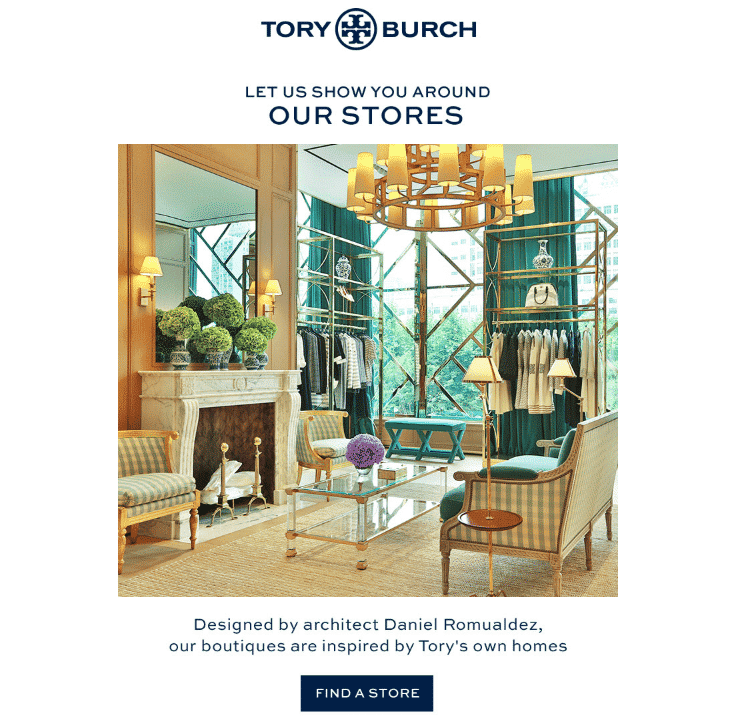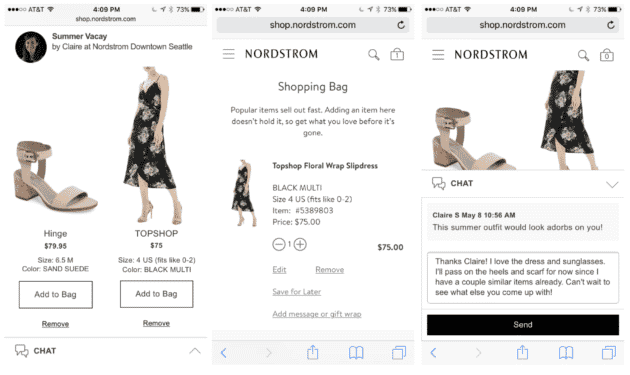Article
Creating A Customer Experience Fit For a VIP: 6 Best Practices for Luxury Retailers
September 13, 2018

Walking distance from Buckingham Palace, Chanel’s new London flagship is decked out in soft gold, marble and quartz, complete with an antique fireplace, a wall made from gold ribbon, and haute couture on display like a museum exhibit. People pay a premium for luxury brands and what they represent: heritage, top-notch craftsmanship, and a certain sophistication and stylishness. That’s reflected in their shopping experiences, which are designed to make customers feel special, like VIPs.
Traditionally, these retailers geared their shopping experiences toward physical spaces, where they excel at personalization and clienteling with top-tier customers. The challenge is scaling that approach. How can brands use digital channels to identify future high volume customers and bring that high-quality service online?
Some luxury brands have been hesitant to embrace ecommerce for fear that going digital would rob them of their exclusivity and ability to control their image. But digital transformation is a must. Over the past five years, luxury brands have outpaced the global market in ecommerce growth, which isn’t going to slow down. McKinsey projects that ecommerce will make up 19% of the luxury market by 2025, up from 8% in 2016.
Brand image can absolutely thrive in tandem with technology. Net-a-Porter tied for sixth place on our Retail Personalization Index, while Shopbop, Neiman Marcus, MATCHESFASHION.COM and Tory Burch also had solid scores. To find that balance, the Louis Vuittons, Versaces and Guccis of the world can look toward mid-market retailers.
How do they maintain that balance? We’ve created a best practice guide geared specifically toward these retailers, featuring use cases from Nordstrom, Frank And Oak, Betabrand, Zola, JustFab and Tory Burch.

Here’s a taste:
Clientele Across Channels Like Nordstrom
Clienteling has long been a staple of the luxury shopping experience. Sales associates are built-in brand ambassadors, helping customers navigate the store while generating loyalty and maintaining the relationship. Modern retailers are even providing employees with customer relationship management tools in an app and access to data such as recent browsing and purchase history. That enables them to make even better, more relevant recommendations.
That complements sales associates’ clienteling efforts. They already have their own books of business, with pertinent information about their regular customers. Think about how much more of it you have. Analyzing a customer’s web, mobile app and social engagements, you can use predictive models to determine what (and when) she’s likely to buy next. By giving her regular sales associates access to that intelligence you make the experience better for her. And more profitable for you.
Clienteling is much more powerful if it’s as omnichannel as a brand’s marketing, rather than simply executed at the store level. Though ecommerce is increasingly important, the majority of a luxury brand’s sales still take place within a physical store. A more sophisticated clienteling strategy will only make that experience better.

Nordstrom wrote the book on customer service — literally. In 1996, the company’s all-time top seller co-authored The Nordstrom Way to Customer Service Excellence. And Nordstrom is committed to bringing that excellence to the digital age. With Style Boards, sales associates can create personalized outfit recommendations for customers. In March, the company also acquired a mobile clienteling tool called BevyUp.
To learn more about determining lifetime value, leveraging location and mobile, and other tactics, download Creating a Customer Experience Fit for a VIP: 6 Best Practices for Luxury Retailers here!
The State of Brand Loyalty in the U.S. in 2023
Related



